
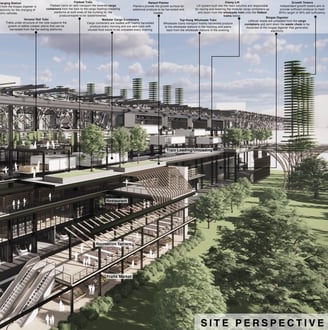



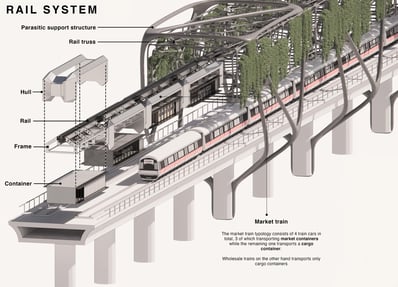
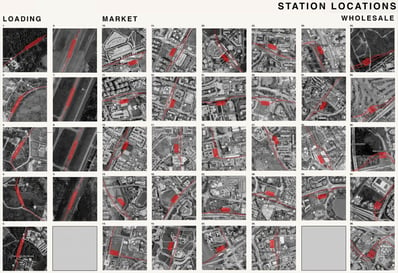


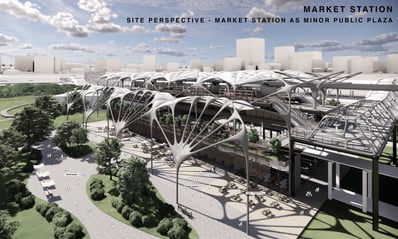
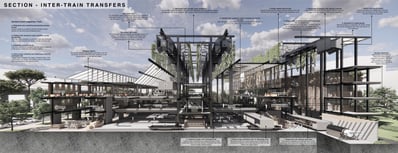
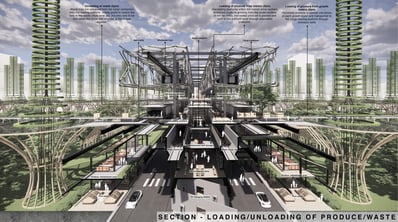


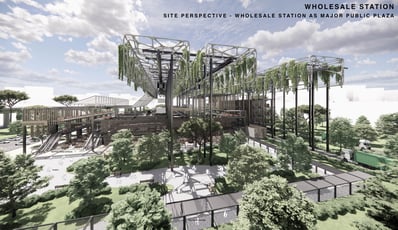












The Moving Market
As the world’s population growth approaches the peak of its sigmoid curve, the exigency in the re-evaluation of the incumbent methods of food provision has become ever more apparent. While seaborne, airborne, and road-based transport have been the predominant methods of food freight, recent infrastructural improvements in rail-based trade networks has reopened the possibility for the distribution of fresh farm produce by rail. Amongst the zeitgeist of sustainability in the current milleu, rail-based freight transport presents itself as both a desirable alternative for the diversification of food provision as well as to improve the lives of various stakeholders involved in the supply chain. In the backdrop of the wide ranges of disruptive intermodal transfer as well as vulnerability to covid disruption inherent in the incumbent food logistics chain, the reintroduction of rail-based freight also bears the potential to proffer solutions to the above predicaments.
This thesis would thus attempt to explore a new urban typology that can streamline the process of rail-based food import, creating filtering shells that outline spaces for urban vibrancy while not only meeting the requirements for food provision, but injecting elements of fun into the process as well. The incumbent long-winded distribution chain is reimagined as an integrated system where the transport vehicle itself serves as a part of the market for consumers to directly source their food. As such, the system of food distribution and retail becomes integrated with the infrastructure and cadastral patterns of the city, incorporating the market with elements of fun and whimsicality, while remaining highly adaptable and flexible to respond to future contingencies.
Towards a Logistical Urbanism
Zuo Yuchen
National University of Singapore
